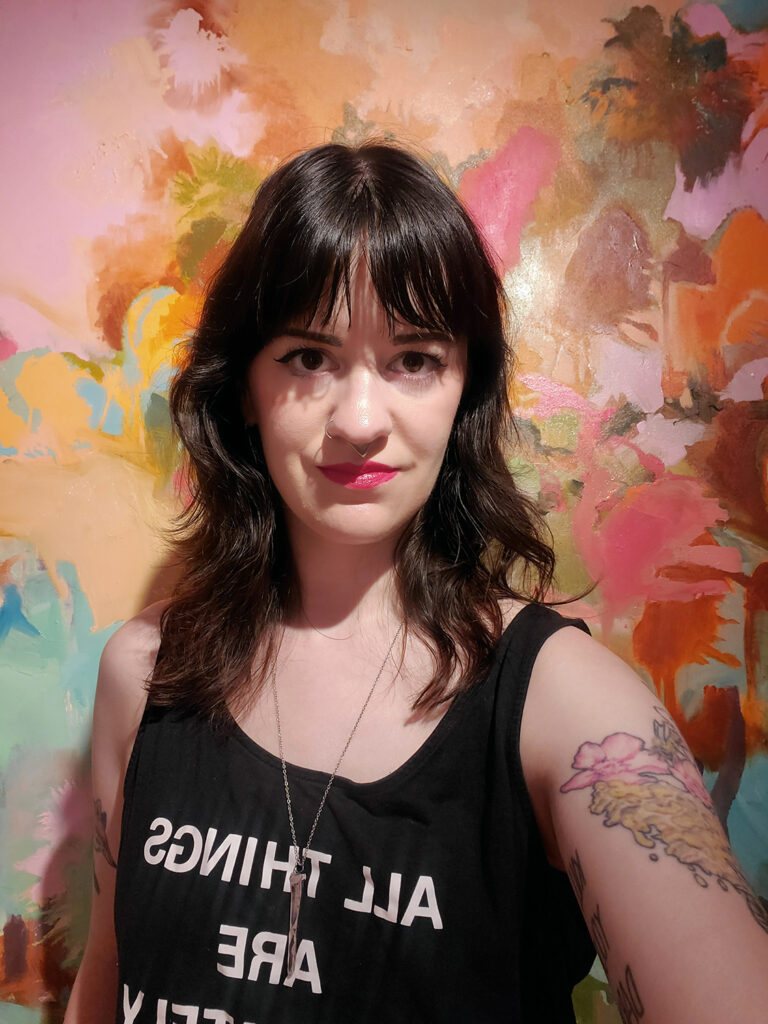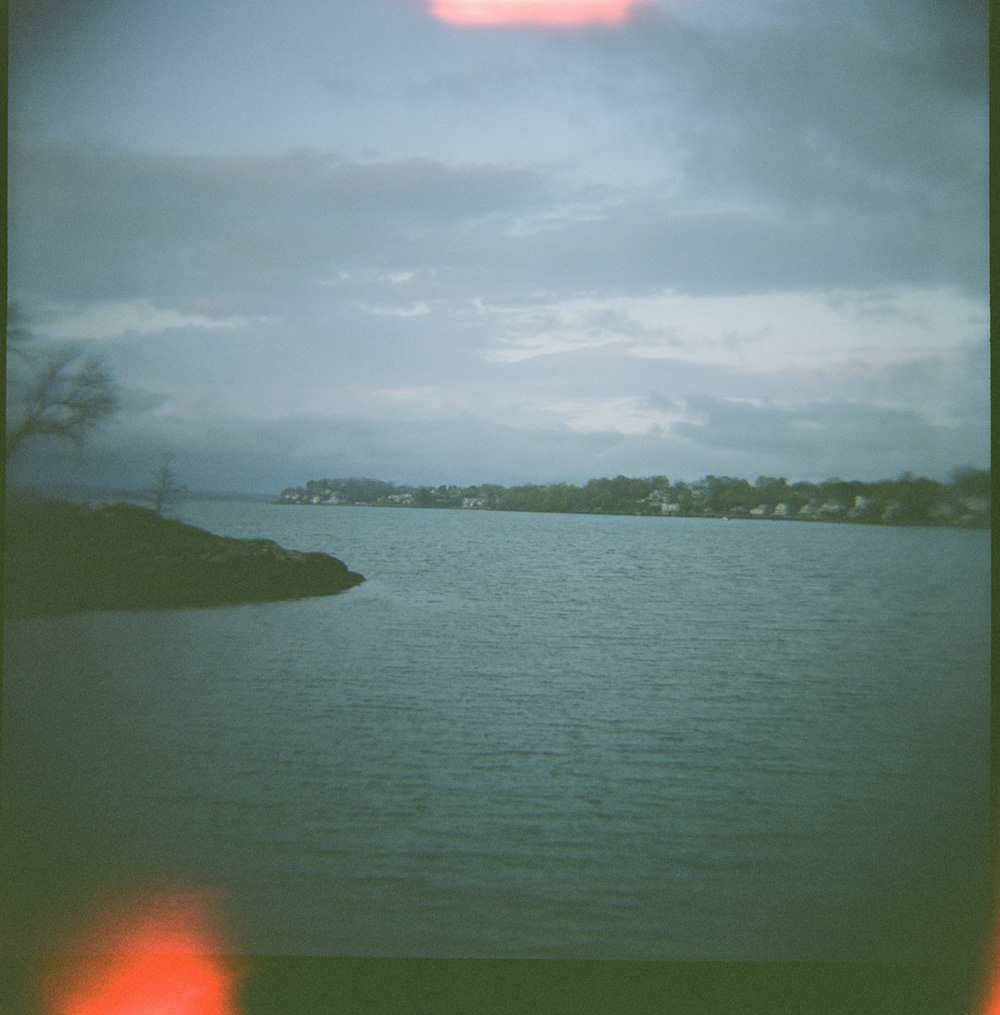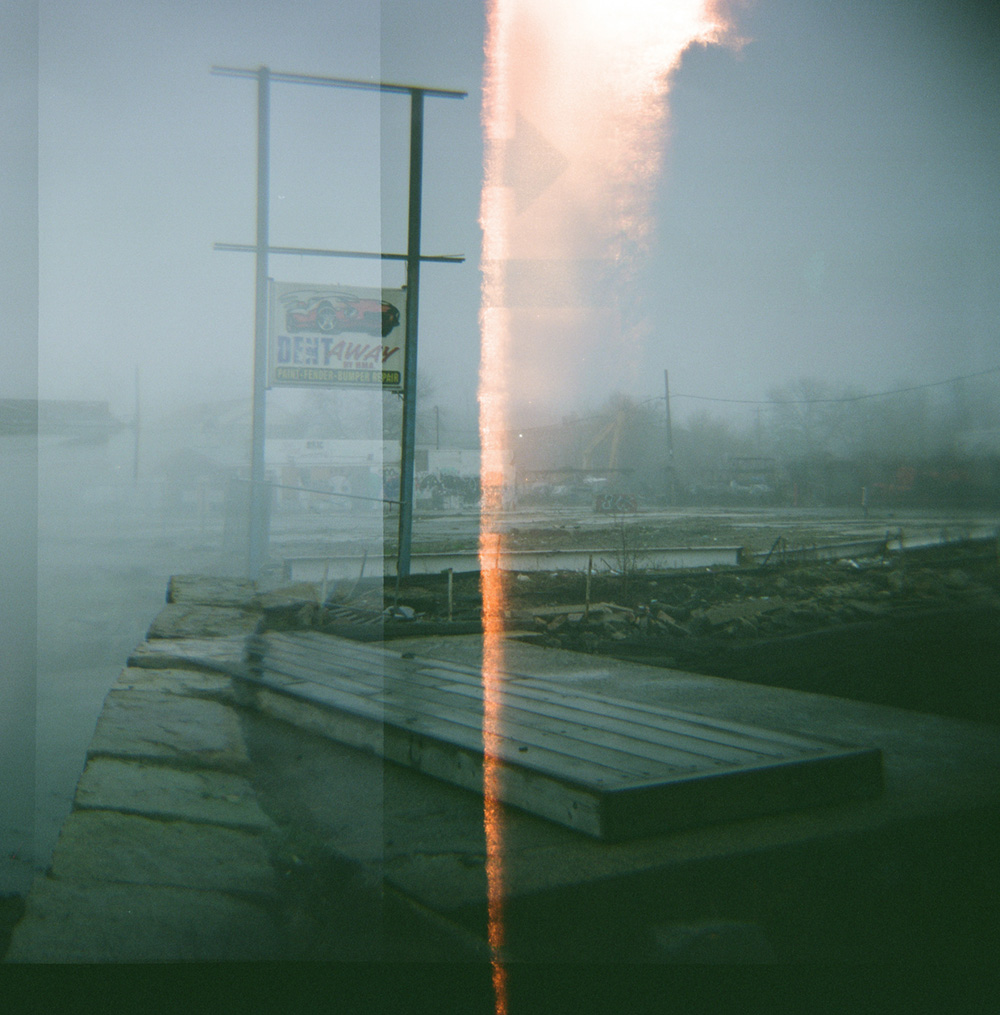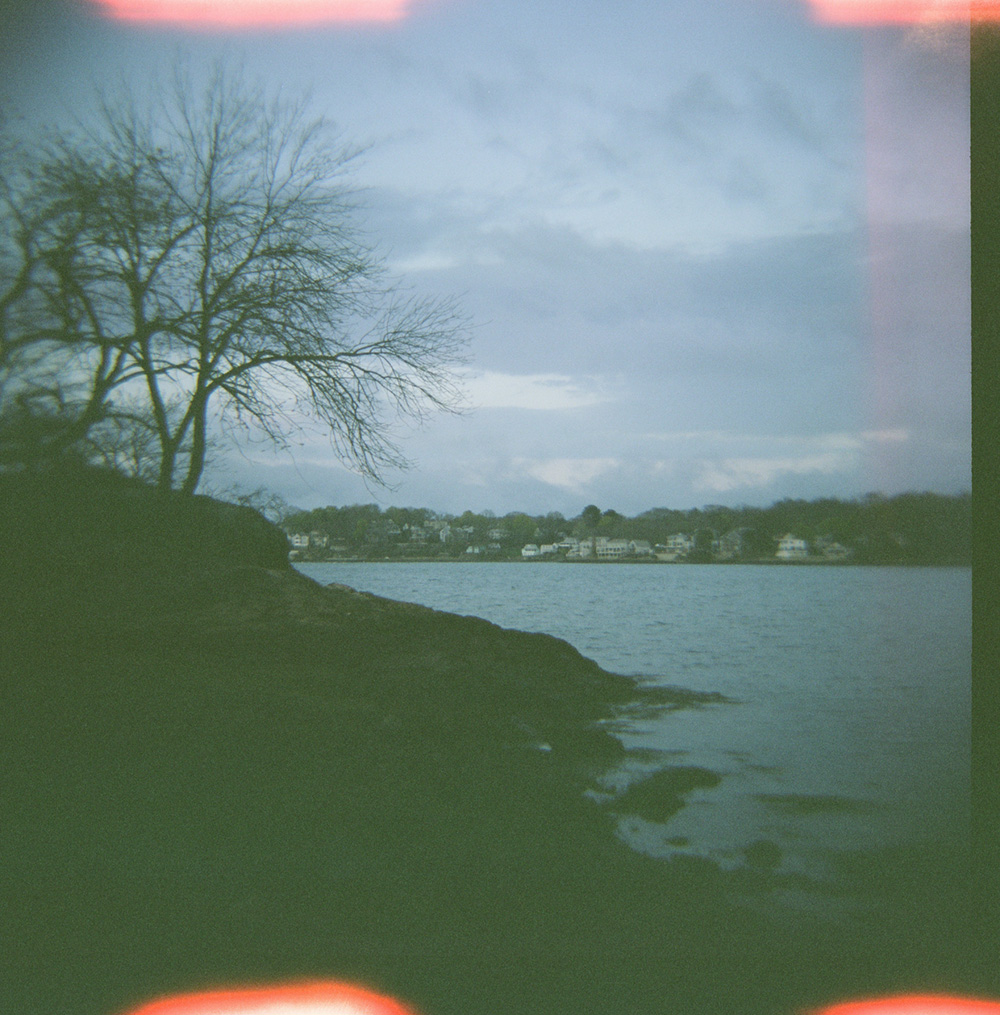Krystle Brown is one of 12 artists selected as a Gallery 263 2023–2024 Small Works Project artist. This project presents artwork in flat files at the gallery and on our website. Visit Brown’s Small Works Project page →
Can you tell us a little about yourself?

I was born and raised in Massachusetts and live in Salem, MA. I love nothing more than being outside and to “poke around” as I like to call it. You find a lot of interesting things when you’re looking down at the ground. Attached is a selfie of me in front of Iwalani Kaluhiokalani’s beautiful work at Kingston Gallery.
What kind of art do you make?
I always have a hard time with this question. My work is more concept-based than grounded in any one medium. I started as a painter sensitive to color and composition. Feeling constricted to the limits of painting (or my idea of its limitations, I am learning it is not as limited as I thought), I wanted to create more movement and access for folks to be enveloped by my work. So I started practicing installation and video art along with my 2D work.
What concepts does your art explore?
The overarching theme of my work is untangling systems of power. I do this in a variety of avenues, such as exploring my surroundings, connecting class, labor, the environment, and the stories of people. Through my role as an artist, I also act as a family archivist and community documentarian. My goal is to present how the past and present have impacted vulnerable populations and then envision better futures.
Can you tell us about the work you have on view in your flat file drawer at the gallery?



These photographs were taken on my many walks (dérive from a psychogeography standpoint) around my new home in Salem. This city, like many in Massachusetts, has seen rapid changes in the past 20 years from a socio-economic standpoint. This is on top of the constant specter of climate change pressing upon this oceanside community. I used film (my first time using it) to capture both familiarity and a sort of temporal unease that I feel when I am on these introspective walks.
Where do you make your work?
Honestly, anywhere I can. I was extremely fortunate to buy a small condo in Salem before the interest rates rose astronomically, but that leaves me little room or extra funds for a proper studio. I make my work at my work-provided maker’s space, outside, in the community, or in a small section of my office/studio. I will always plug in this: if you want to support artists and the working/middle class, advocate for the construction of more homes and more affordable housing allotments in your communities.
What are your favorite materials to use? Most unusual?

I love found objects. I want every object or material in my work to further push the concept, the story. I try to consider the meaning of everything I use. Perhaps the most unusual material that I have used is rotting cake (no, it was not eaten!). I sculpted my late parent’s house out of cake and let it rot. Not something I would likely do again, at least out in the open, but it was pretty cool. Just also…gross.
What historical and contemporary artists inspire you?
There are so many! Every time this question is asked, I will give different answers. Off the top of my head, I will say, Gregory Crewdson, Felix Gonzales-Torres, Nick Cave, Doris Salcedo, and Mark Dion.
When did you decide you wanted to be an artist?
I’m not sure if there was ever “one moment” in my life. It has always felt like a “becoming,” as in still becoming. I think I am still forging my identity as an artist, and I welcome that. It means that I make that decision every day, and I am constantly evaluating how to be a better artist and person.
Is there anything else you would like to share?
You know what? I make a mean deviled egg.